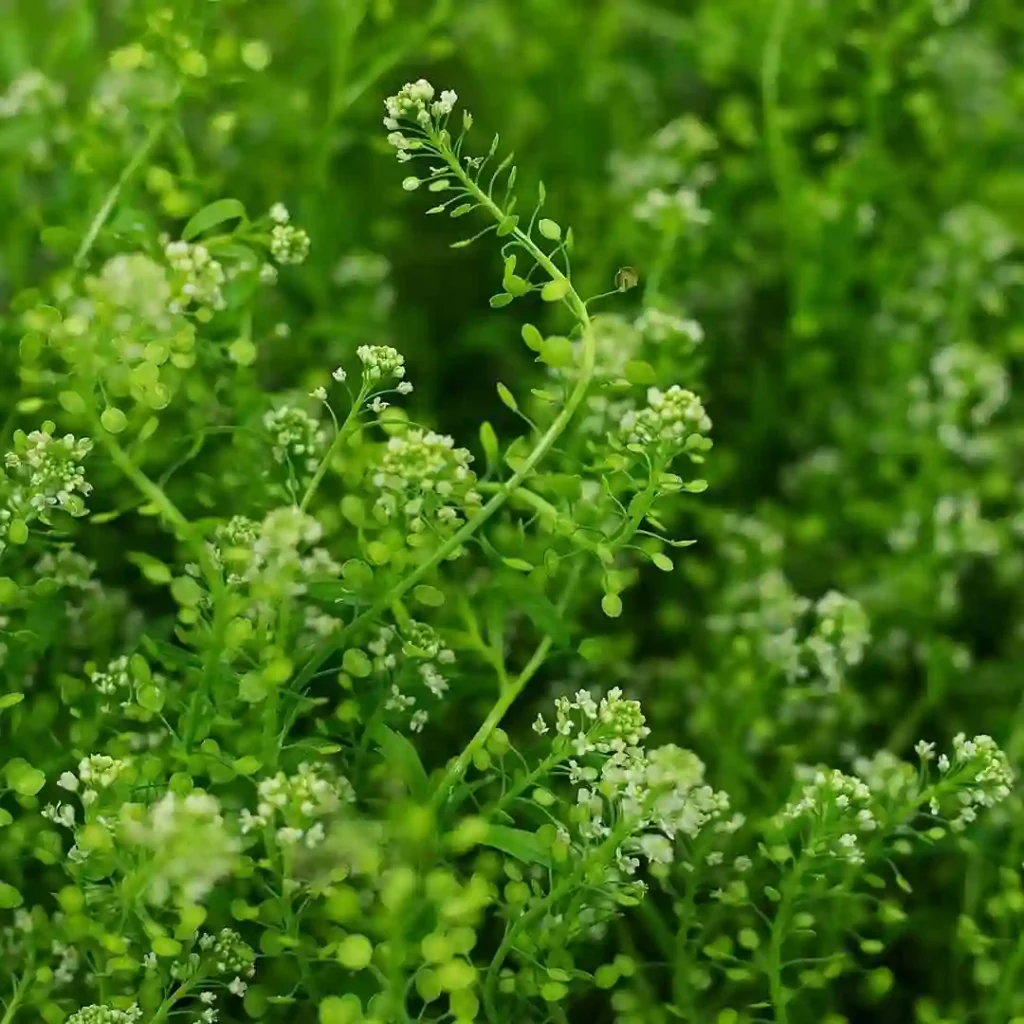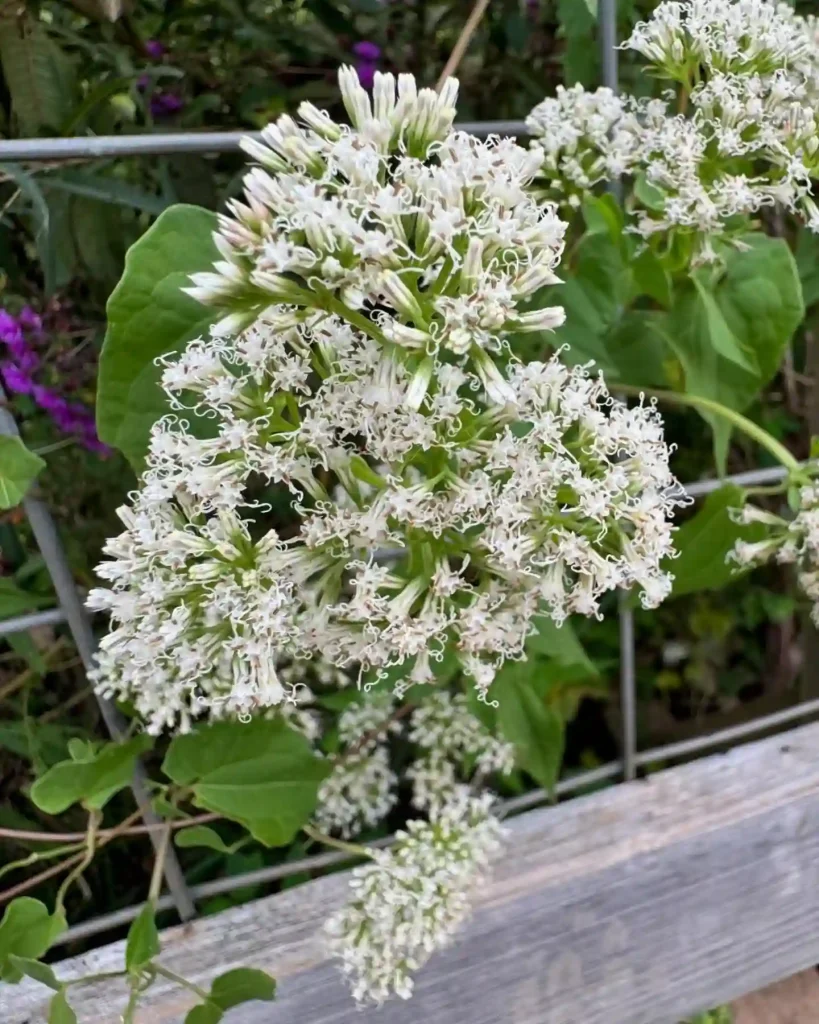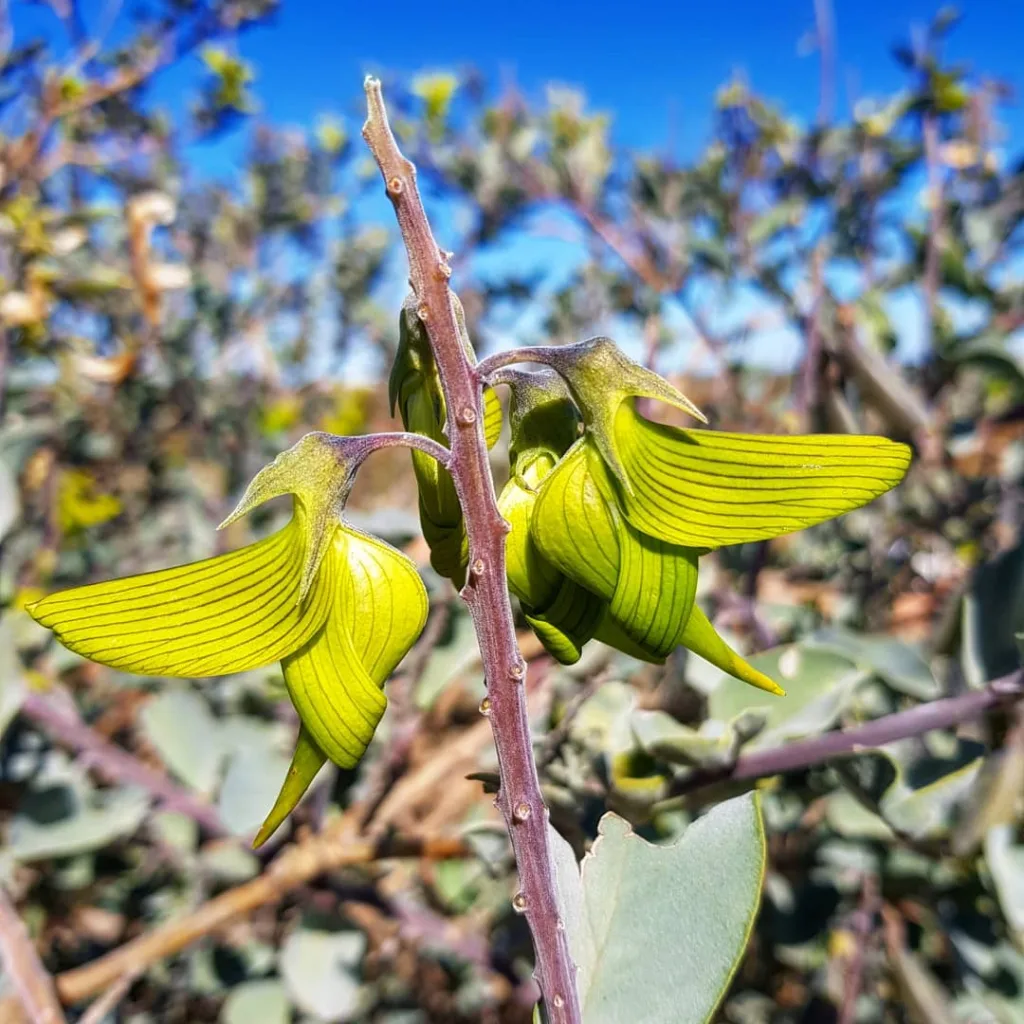A Word of Caution: Unveiling the Cortinarius Iodes
As an avid nature enthusiast, I’m constantly drawn to the fascinating world of fungi. Recently, I stumbled upon the Cortinarius iodes, a rather striking mushroom with a vibrant violet hue. Its captivating appearance piqued my curiosity, and I delved deeper to learn more about it. However, what I discovered wasn’t quite what I expected.
What is Cortinarius Iodes?
Cortinarius iodes, also known as the viscid violet cort or spotted cort, is a fungus belonging to the Cortinariaceae family. These mushrooms are characterized by their small, slimy, purple caps that develop yellowish spots and streaks as they mature. They favor moist environments and can be found on forest floors or near coastlines.
Cortinarius iodes vs lactarius uvidus
I found Cortinarius iodes to have a distinctive, vibrant violet color that really stands out in the forest, and its unique odor has a sweet, almost fruity note that’s quite memorable. On the other hand, Lactarius uvidus was a bit less striking visually but had a more subdued, earthy smell that I found less impressive. The Lactarius uvidus also had a more delicate texture that made it less appealing to me in terms of edibility compared to the firmer, more robust Cortinarius iodes.
Is Cortinarius Iodes Edible?
Absolutely not! While there have been some reports of Cortinarius iodes being edible, it’s crucial to understand that this is a big misconception. This mushroom contains toxins that can cause severe illness, including gastrointestinal distress, kidney failure, and even liver damage. In fact, some sources even classify it as poisonous.
Here’s why mistaking Cortinarius iodes for an edible mushroom can be dangerous:
- Look-alikes: There exists a disturbingly similar species called Cortinarius iodeoides. Distinguishing between the two with the naked eye is nearly impossible. The only reliable method involves a taste test, which is highly discouraged due to the potential health risks associated with ingesting any unidentified mushroom.
- Hidden Toxins: The toxins within Cortinarius iodes can have a delayed effect. Symptoms may not appear for several days after consumption, making it even more critical to avoid them altogether.
Can Cortinarius Iodes be Used for Medicinal Purposes?
There is currently no scientific evidence to support any medicinal uses for Cortinarius iodes. In fact, due to its toxic properties, it’s best to avoid any contact with this mushroom.
Should I Handle Cortinarius Iodes?
While Cortinarius iodes isn’t necessarily dangerous to touch, it’s always best to exercise caution when dealing with any wild mushroom. Wearing gloves while handling them is a good practice to minimize the risk of skin irritation for those with sensitive skin.
The Importance of Safe Mushroom Foraging
The allure of foraging for wild mushrooms is undeniable. However, it’s crucial to prioritize safety above all else. Here are some essential tips to remember:
- Never consume an unidentified mushroom: Only an experienced mycologist can accurately identify safe and edible mushrooms.
- Do your research: Before venturing out, thoroughly research and familiarize yourself with the edible mushroom varieties in your region. Learn to distinguish them from their poisonous look-alikes.
- Seek expert guidance: If you’re new to foraging, consider joining a guided mushroom hunting tour led by a professional.
- When in doubt, throw it out: If you’re unsure about the identity of a mushroom, err on the side of caution and discard it.
The Beauty of Nature from Afar
The captivating beauty of Cortinarius iodes is undeniable. However, appreciating its visual splendor from a safe distance is the wisest approach. There are countless fascinating and safe fungi to explore in the natural world. By prioritizing safety and knowledge, we can continue to enjoy the wonders of the fungal kingdom.
If i die, water my plants!



